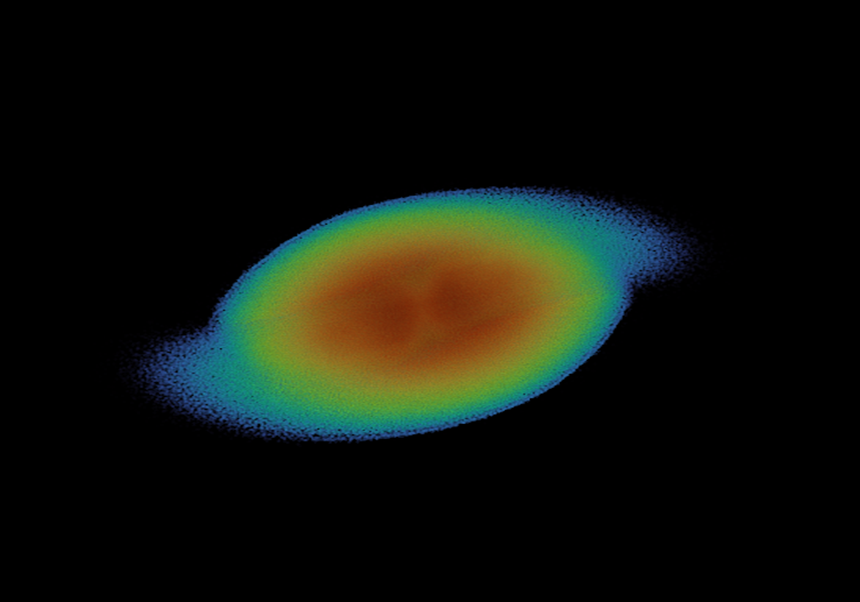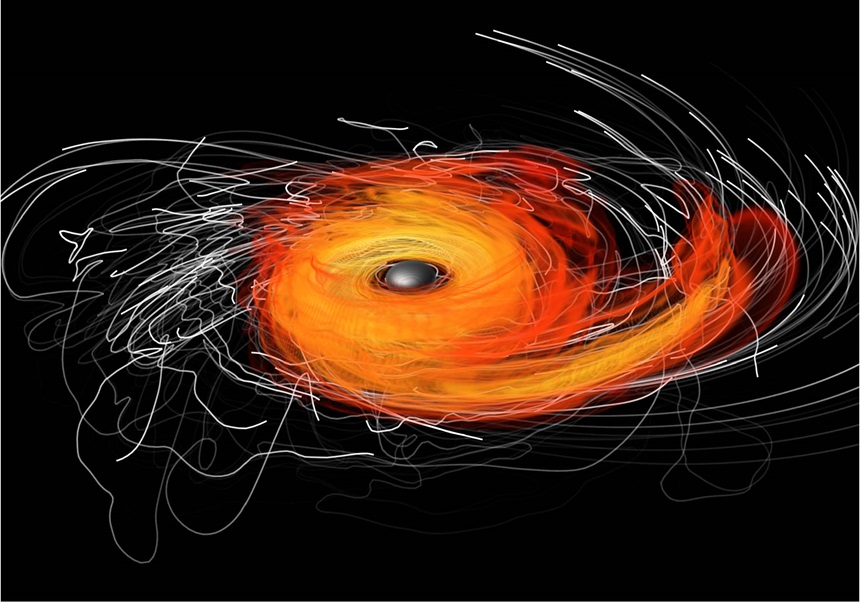
Conferències al DAA. Xarrada a càrrec de l'investigador John Kirk,del Max Planck Institut fuer Kernphysik, Heidelberg, Alemanya. Lloc: Seminari del Departament d'Astronomia i Astrofísica, 4a planta de l'Edifici d'Investigació, a Burjassot. Dia: dimarts 15 d'abril de 2014. Hora: 15:30.
Pulsar Wind Termination Shocks

Resum
Pulsar winds are made up of low density, magnetized, relativistic plasmas. When they impact the interstellar medium, they form a shock front which accelerates the particles responsible for Pulsar Wind Nebulae - the dominant galactic sources of very high energy gamma-rays. However, if the shock obeys the standard MHD jump conditions in a strongly magnetized plasma, it is not effective at dissipating the wind energy into particles. A way out of this problem is possible if the magnetic field arriving at the termination shock fluctuates on the rotation timescale of the pulsar, as expected in the 'striped wind' model. In this case, dissipation is possible either by driven reconnection in the compressed downstream plasma, or by conversion of the fluctuations into damped superluminal electromagnetic modes. In this talk, I will briefly describe the basic ideas behind pulsar wind theory, before discussing recent work on the role played by superluminal electromagnetic waves, and their possible radiative signatures.
Llista d'enllaços:












